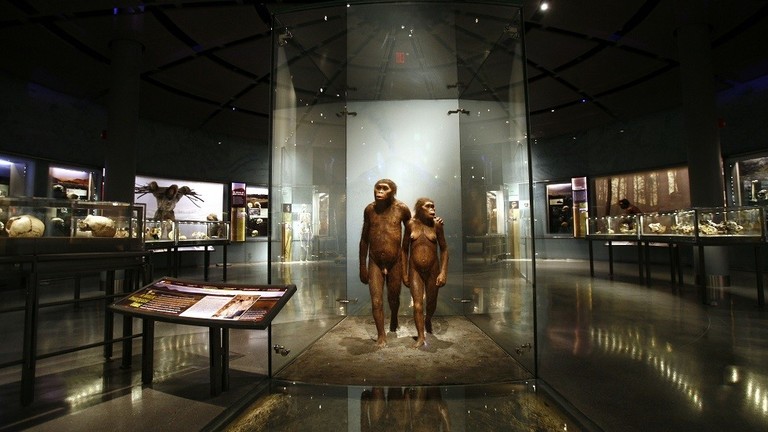The species, given the name Homo luzonensis, was discovered in a cave on Luzon island in the northern Philippines. The find was published in the journal Nature on Wednesday, and sheds new light on human movements over long periods of time.
Another new species of human!! Homo luzonensis. New human raises questions about early hominin dispersals from Africa https://t.co/NOD5dnCU5O
— Tom Higham (@tommyhigham) April 10, 2019
Scientists once thought the first human ancestor to leave Africa did so around 1.9 million years ago, but Homo luzonensis shares traits with a much older species, the australopithecines. That means human relatives may have struck out from the big continent far earlier than was previously understood.
“We now know that it was a much more complex evolutionary history, with several distinct species contemporaneous with Homo sapiens, interbreeding events, extinctions,” said Florent Détroit, the study’s main author and an anthropologist with the Natural History Museum in Paris.
My thoughts on Homo luzonensis.. pic.twitter.com/5roj6RZDbL
— Chris Stringer (@ChrisStringer65) April 10, 2019
It remains a mystery how Homo luzonensis ended up on the island, but Détroit said there’s evidence suggesting the move was deliberate. The ancient humans may have been brought there by a natural disaster such a as tsunami, but it’s possible they set out to sea intentionally using some form of a raft.
“Arrival by accident … is favored by many scholars, but this is mainly because of arguments like ‘Homo erectus were not clever enough to cross the sea on purpose’,” said Détroit. “But the fact is that we have now more and more evidence that they successfully settled on several islands in the remote past in south-east Asia, so it was probably not so accidental.”
The specimens of fossilized bone and teeth found in the cave were estimated to be 50,000–67,000 years old, suggesting this human cousin roamed the earth relatively recently on the evolutionary calendar.
Although they could walk upright, the creatures’ feet were specially shaped for tree-climbing, combining primitive and more advanced anatomical traits. Researchers didn’t find a whole skeleton intact, but the miniscule teeth they unearthed suggest Homo luzonensis stood at under four feet tall, even shorter than the “Hobbit” species discovered in 2017 on the Indonesian island of Flores, some distance south of Luzon.
The causes of the species’ demise are another open question, said the head of human origins research at London’s Natural History Museum, Chris Stringer, adding that the growth of other human species in the area could have played a role.
“As for the fate of luzonensis, it is too early to say whether the spread of Homo sapiens into the region at least 50,000 years ago might have been a factor in its disappearance,” he said.
(Source: Russia Today)






 WhatsApp us
WhatsApp us 

